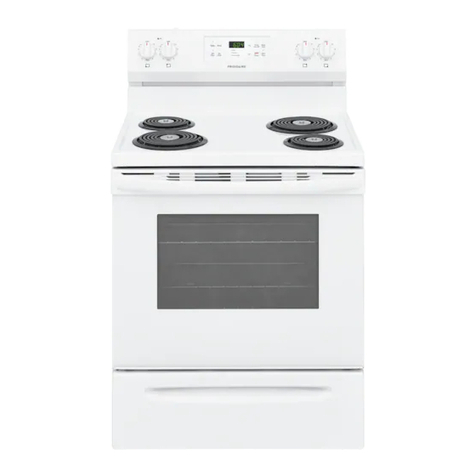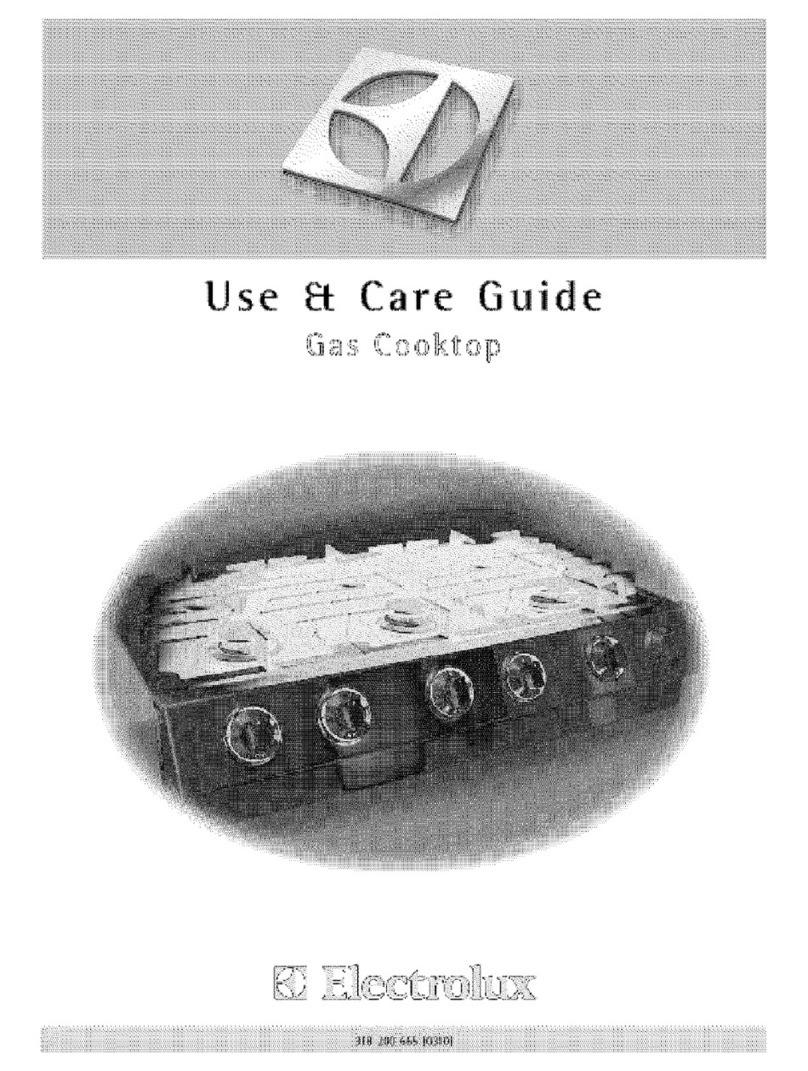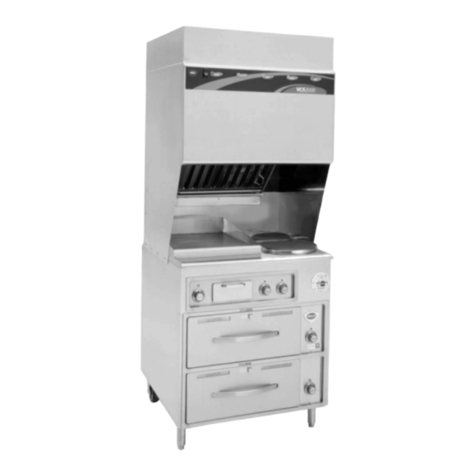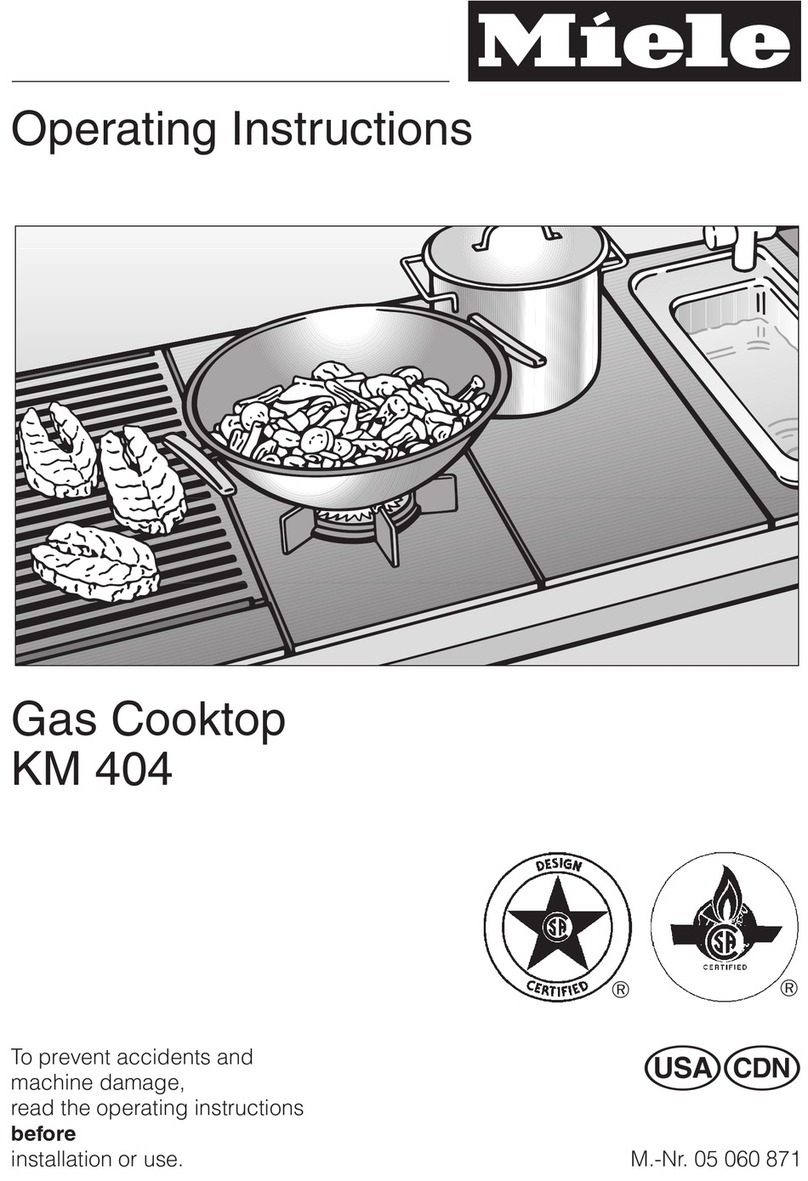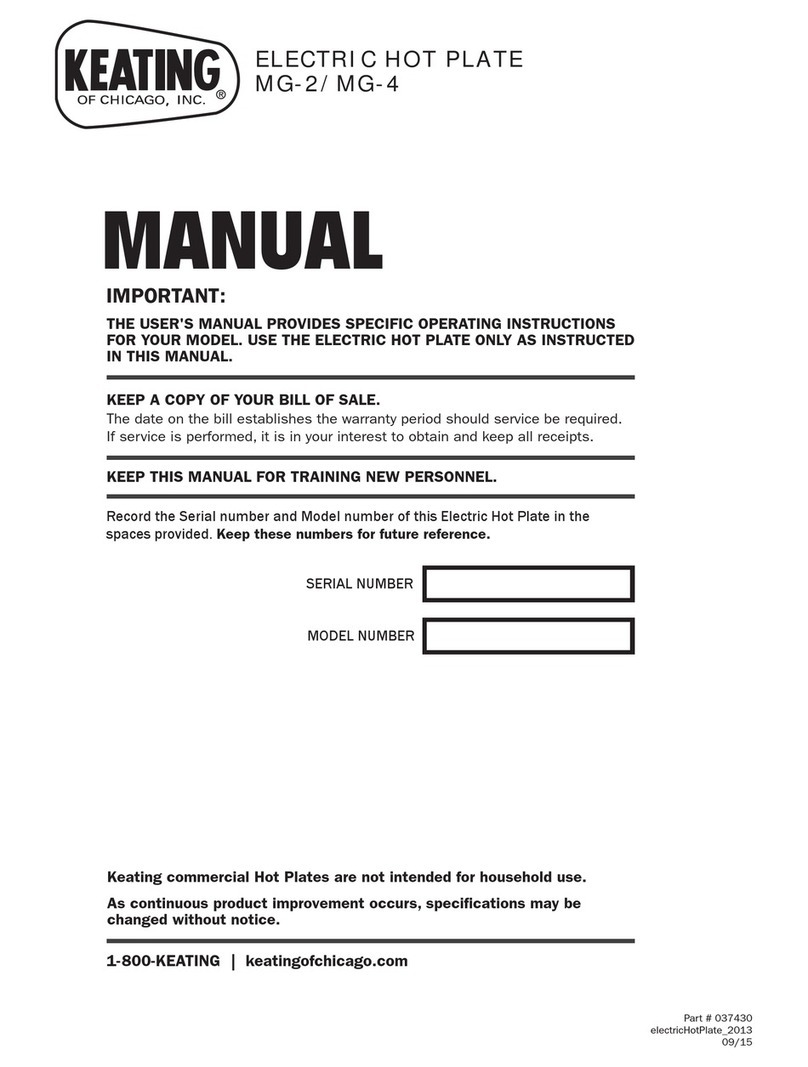Electrolux E30EC65ESS1 User manual
Other Electrolux Cooktop manuals
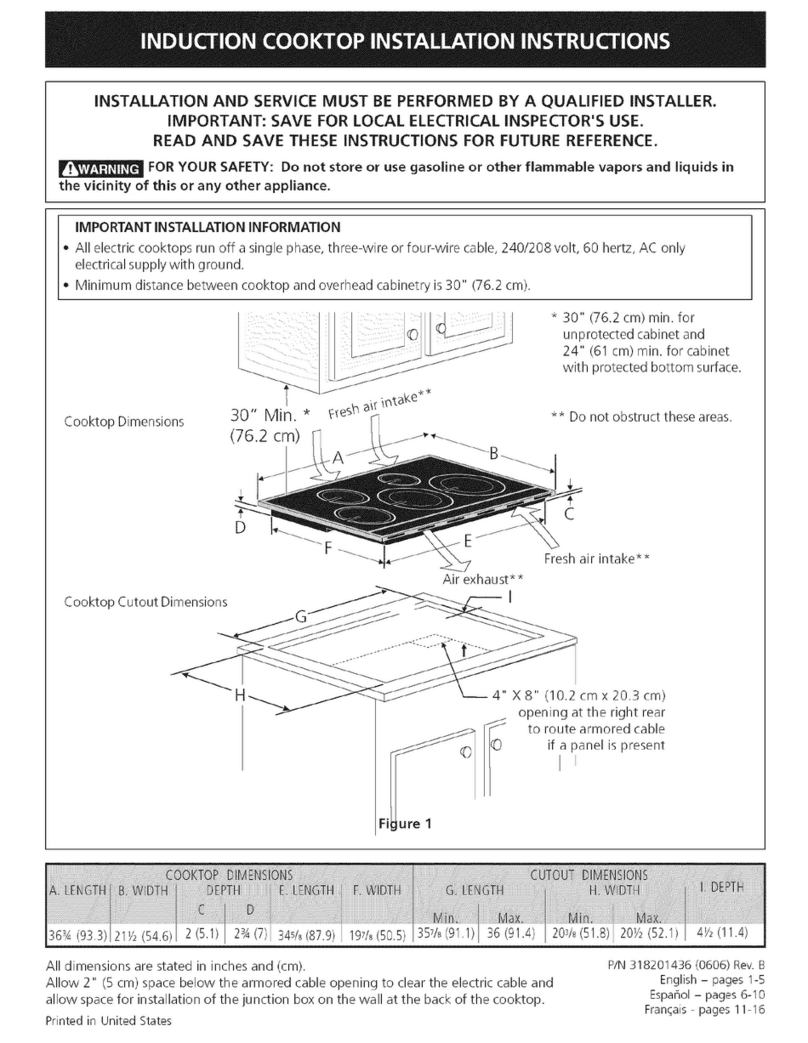
Electrolux
Electrolux E36IC75FSS4 User manual
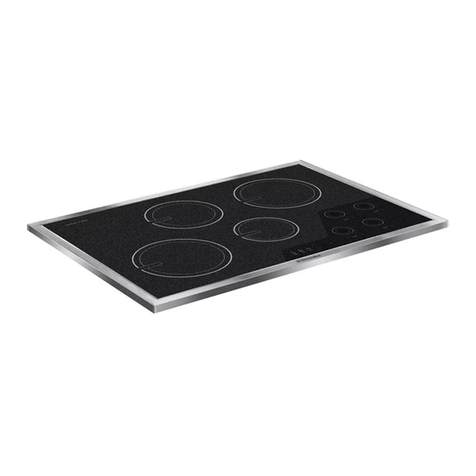
Electrolux
Electrolux EW30IC60IS - 30" Induction Cooktop User manual

Electrolux
Electrolux ETGC24R0MKS User manual

Electrolux
Electrolux EI24GC15KS User manual
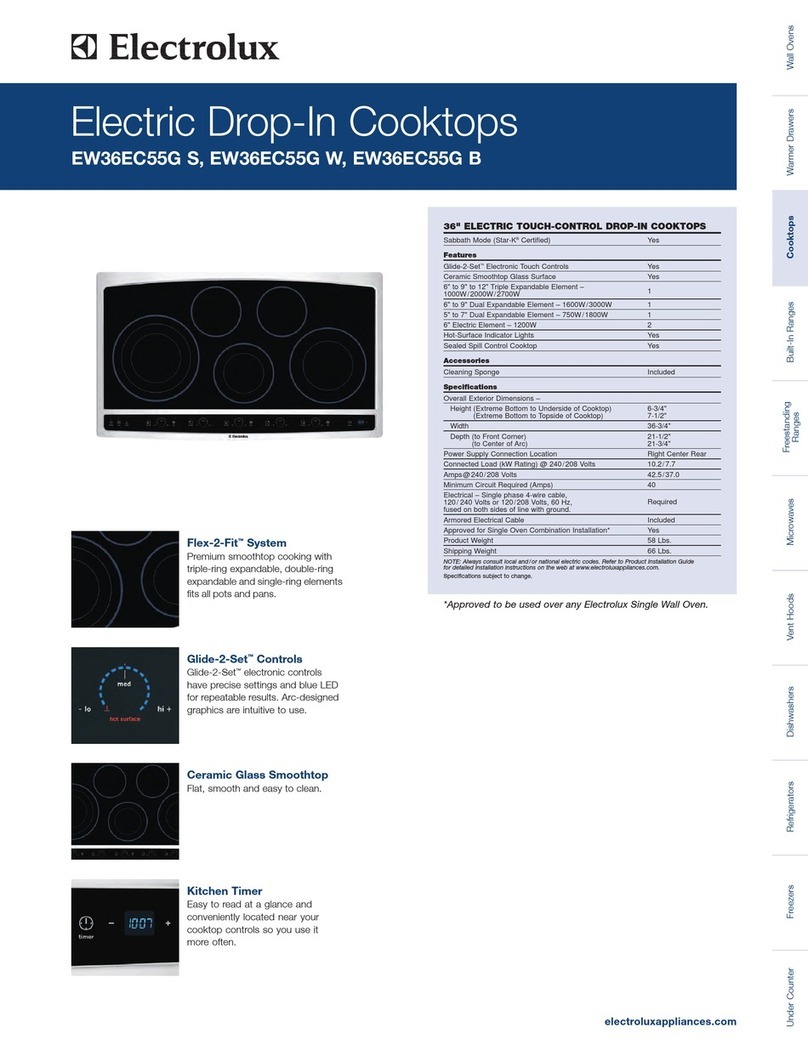
Electrolux
Electrolux EW36EC55G S User manual

Electrolux
Electrolux ICON E36GC75DSS1 User manual
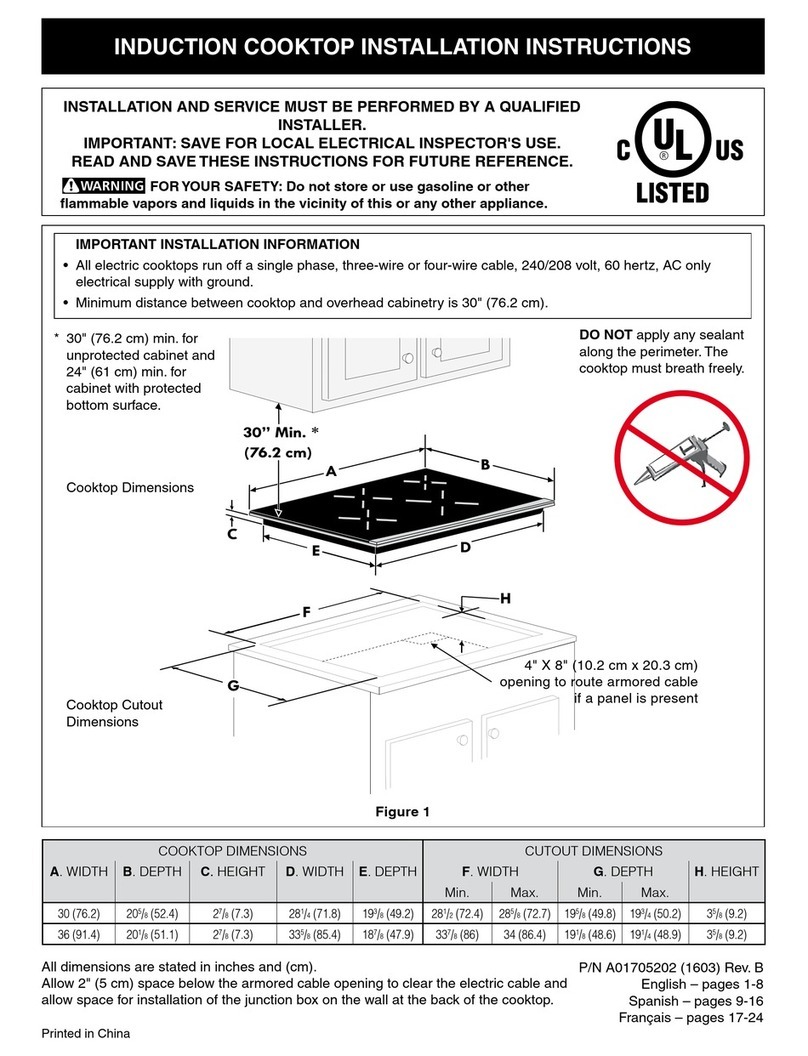
Electrolux
Electrolux FPIC3677RF User manual

Electrolux
Electrolux E30EC70FSS - 30" Drop-In Electric Cooktop Quick start guide

Electrolux
Electrolux EHT6047X User manual

Electrolux
Electrolux EHC30001X User manual

Electrolux
Electrolux E36GC76PPS User manual
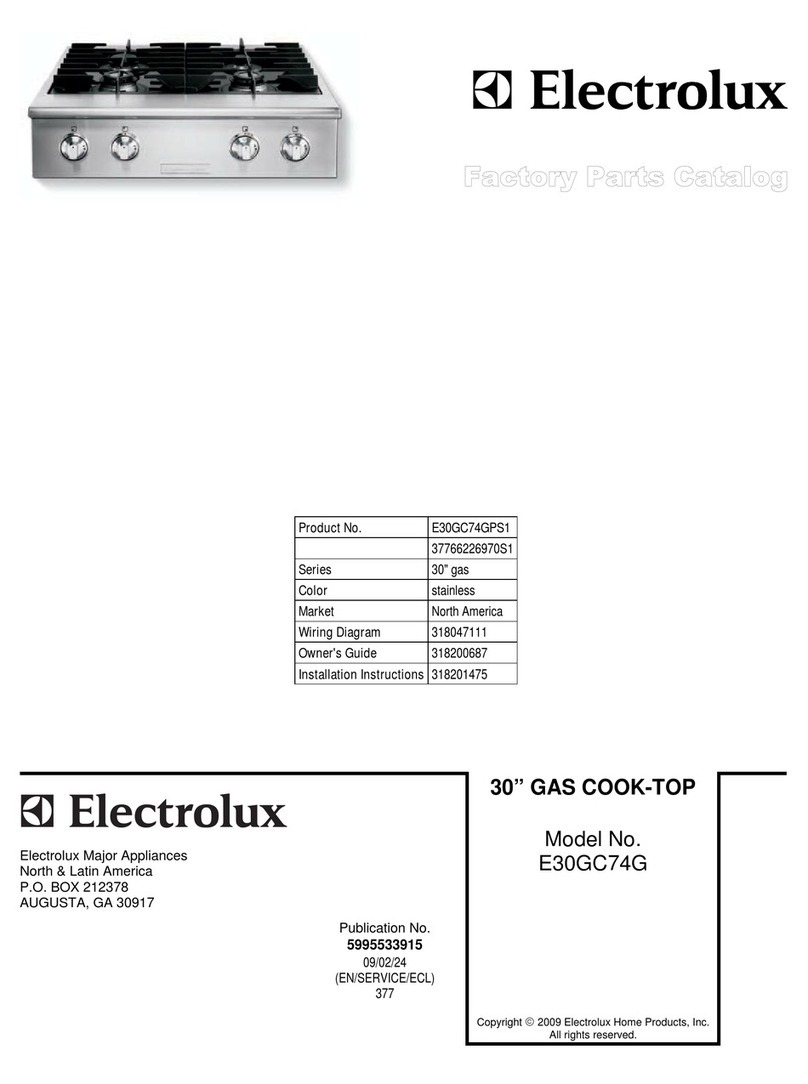
Electrolux
Electrolux E30GC74GPS1 User manual

Electrolux
Electrolux 5995447090E36GC76EPS User manual

Electrolux
Electrolux EW30EC55GB - 30" - Electric Cooktop User instructions
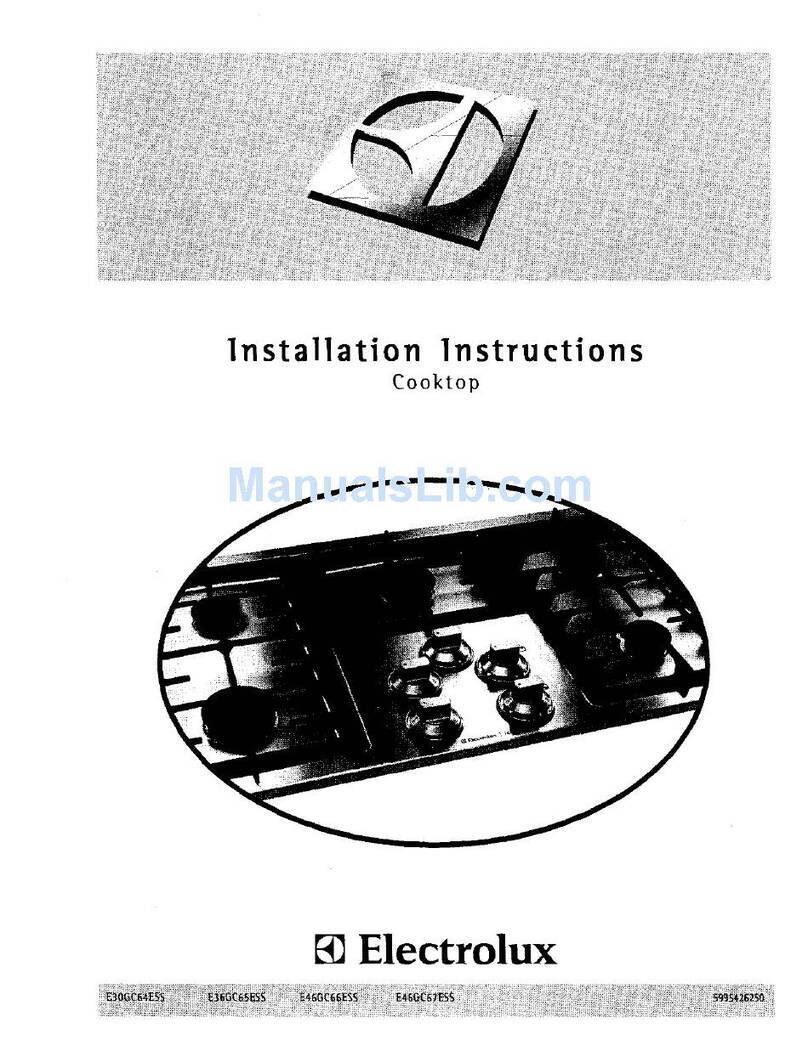
Electrolux
Electrolux E36GC65ESS - 30"""" Drop-in Gas Cooktop User manual
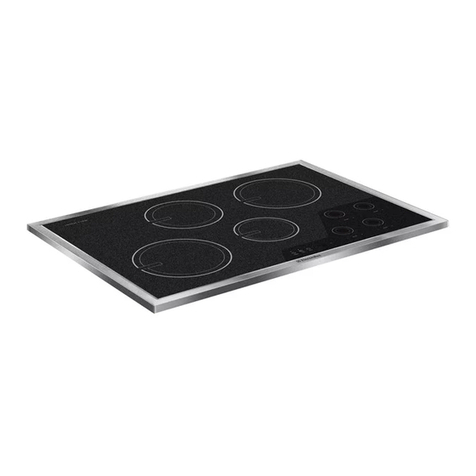
Electrolux
Electrolux EW30IC60IS - 30" Induction Cooktop Quick start guide
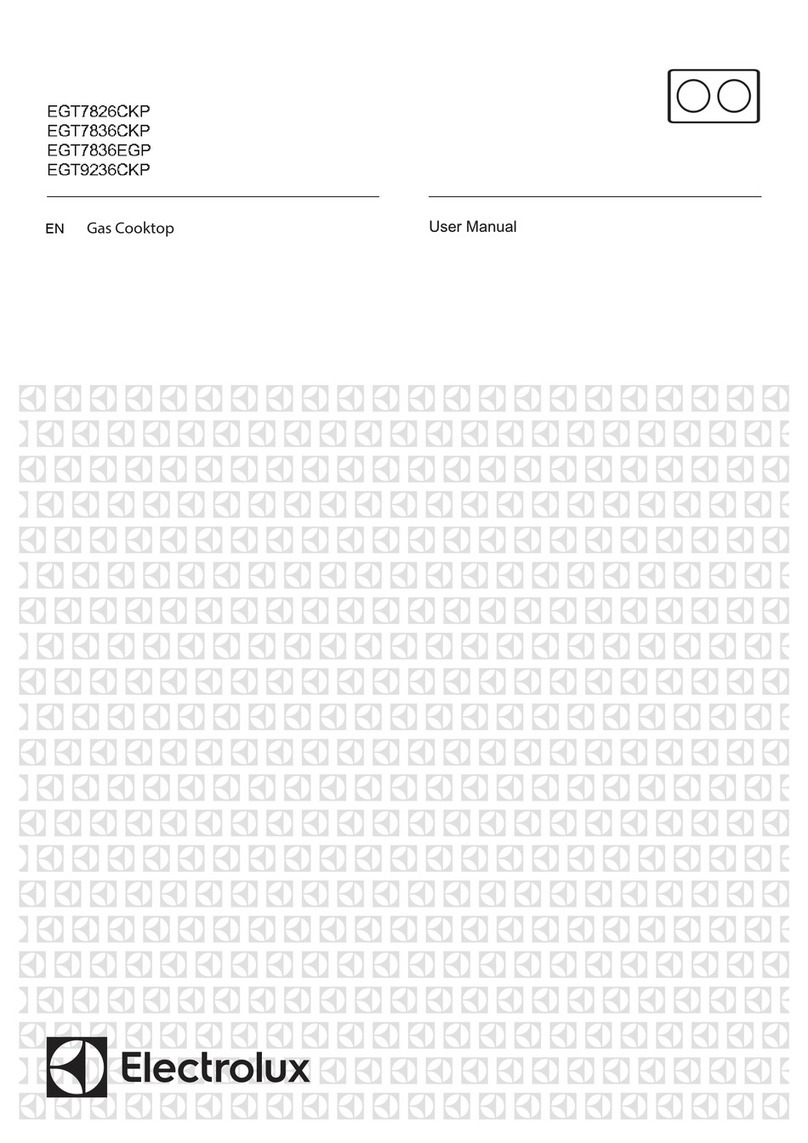
Electrolux
Electrolux EGT7826CKP User manual
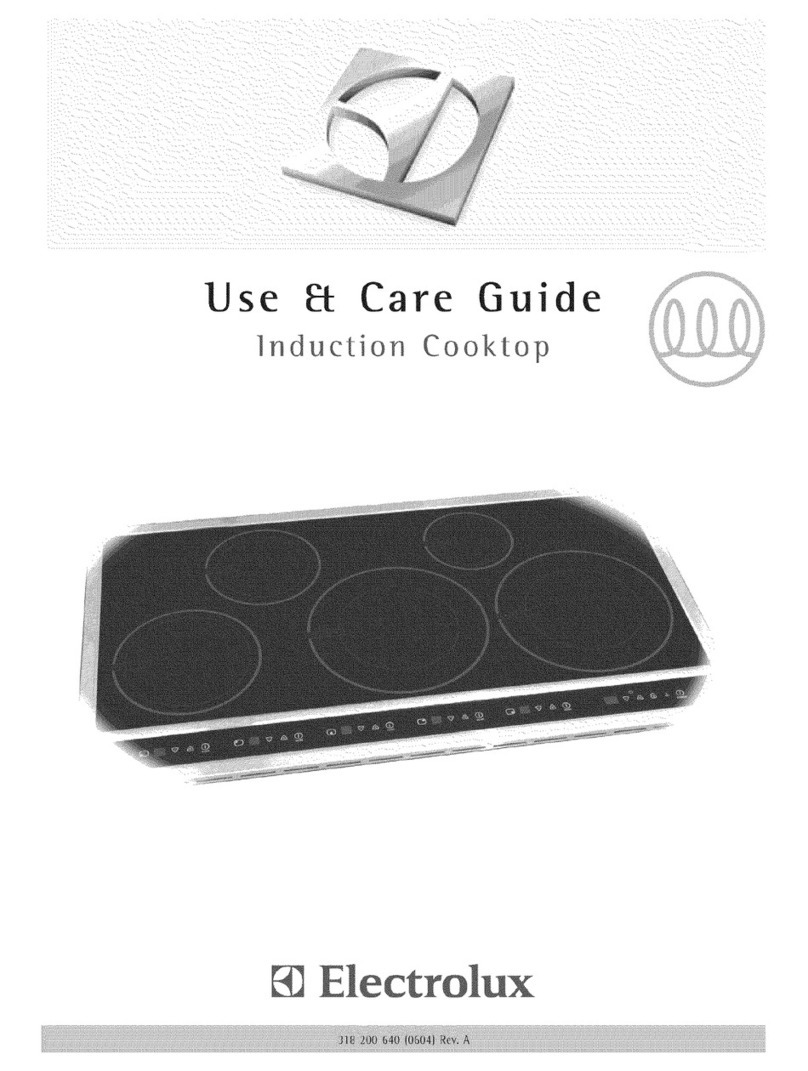
Electrolux
Electrolux E36IC75FSS4 User manual

Electrolux
Electrolux ICON E36GC75DSS User manual
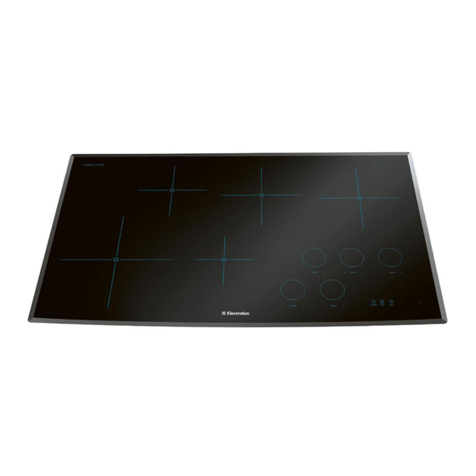
Electrolux
Electrolux EW36IC60LB1 User manual
Popular Cooktop manuals by other brands
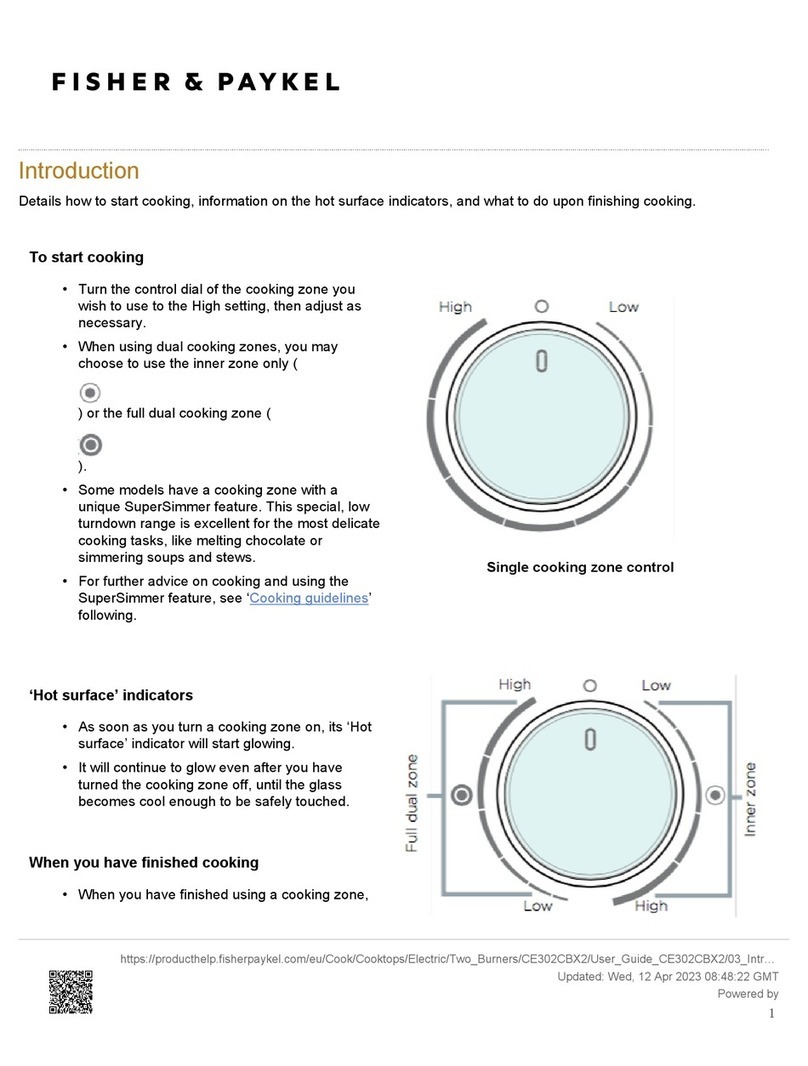
Fisher & Paykel
Fisher & Paykel CE302CBX2 manual

Whirlpool
Whirlpool GJC3634RB00 parts list
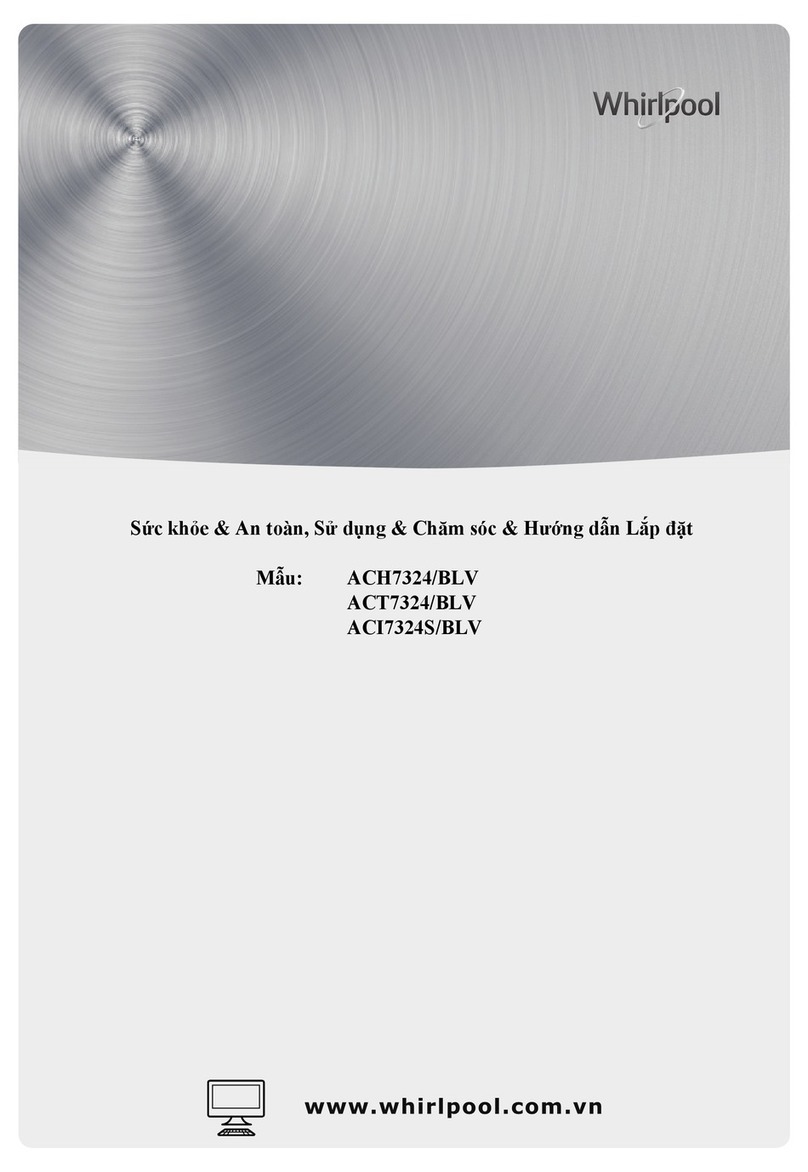
Whirlpool
Whirlpool ACH7324/BLV Use, care and installation guide
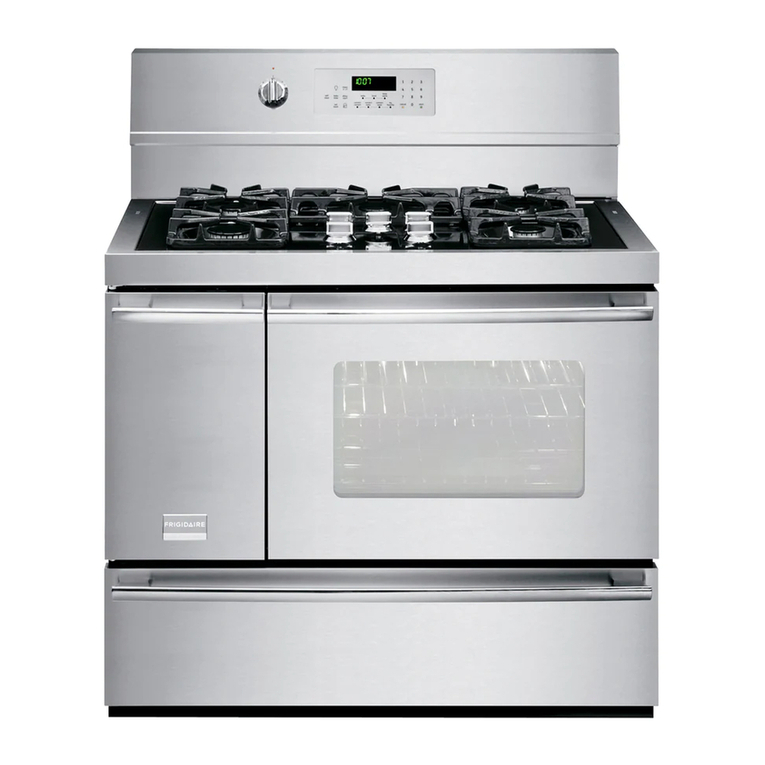
Frigidaire
Frigidaire Professional FPDF4085KF Important safety instructions
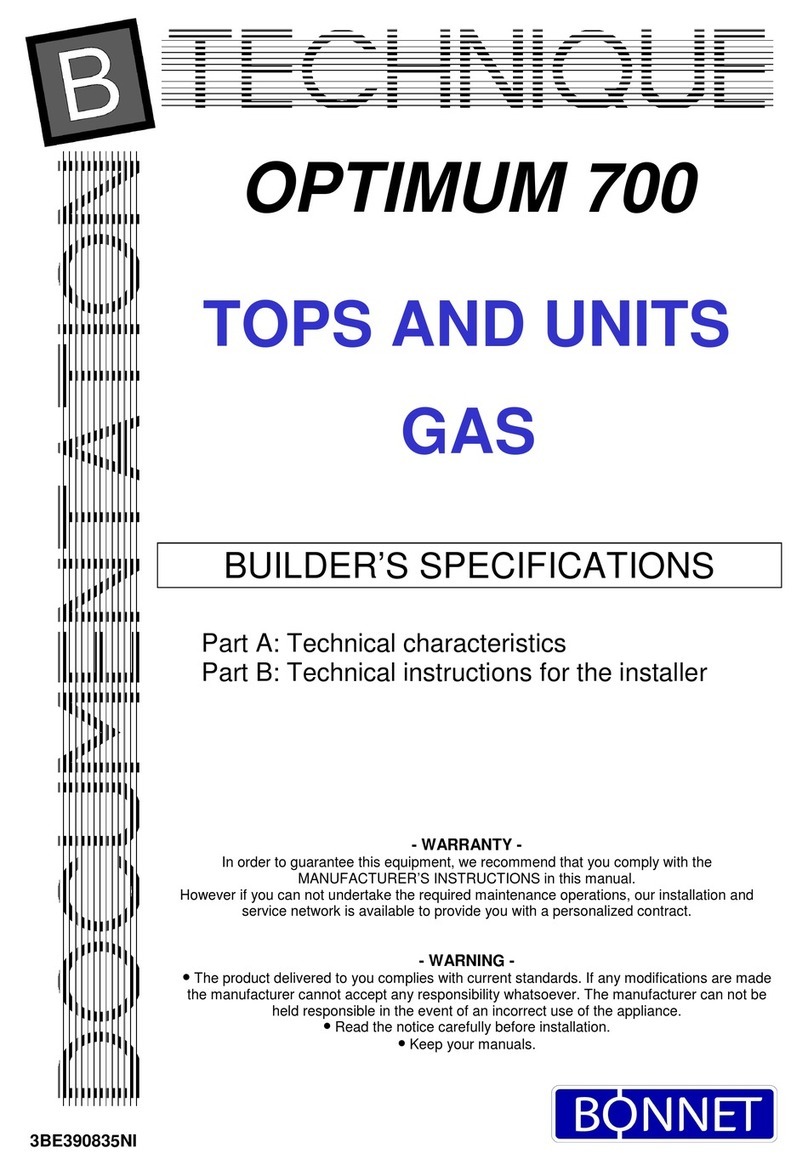
Bonnet
Bonnet OPTIMUM 700 Technical instructions
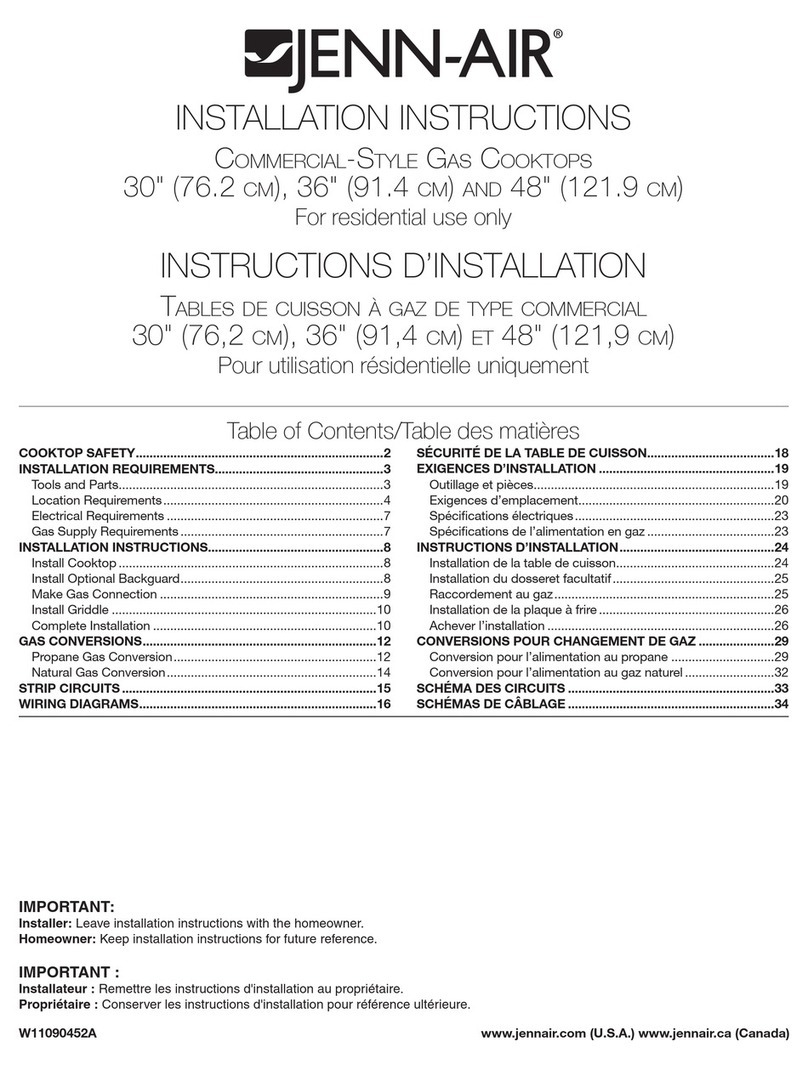
Jenn-Air
Jenn-Air JGCP430 installation instructions
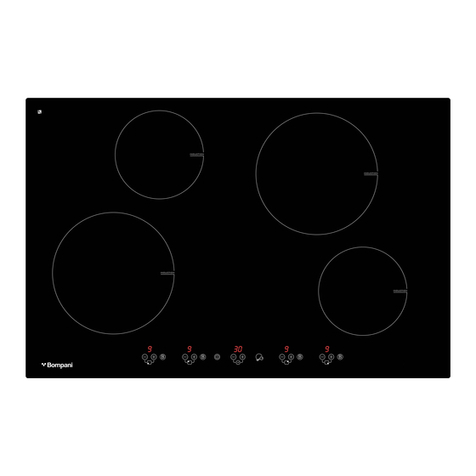
Bompani
Bompani BO374AA/E User instructions

Kleenmaid
Kleenmaid cooking GCTK9011 Instructions for use and warranty details
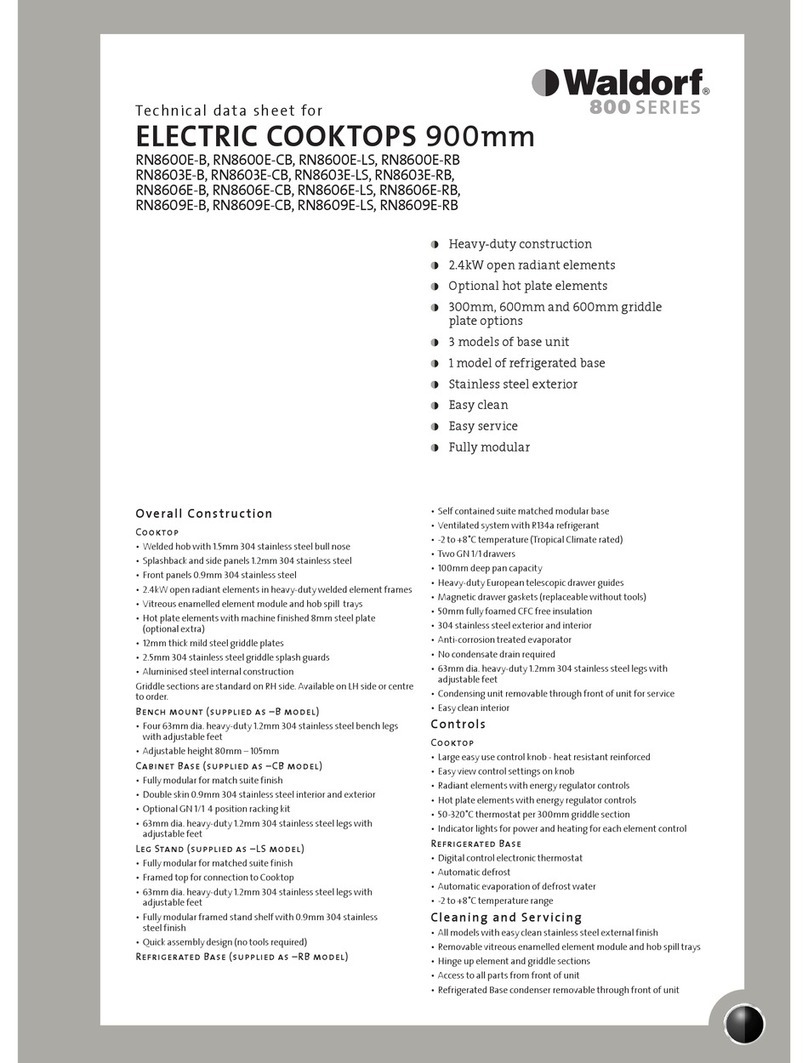
Waldorf
Waldorf RN8603E-B Technical data sheet
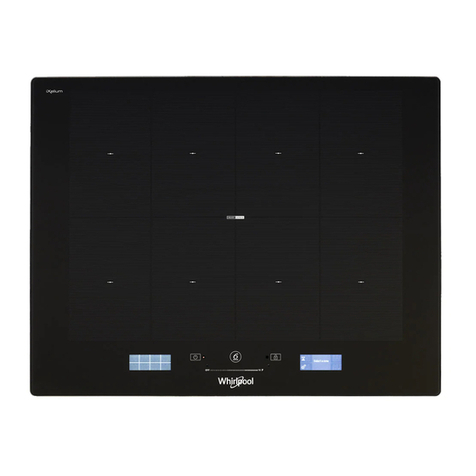
Whirlpool
Whirlpool SMP658CNEIXL quick guide

Wolf
Wolf CI243C/B Use and care guide
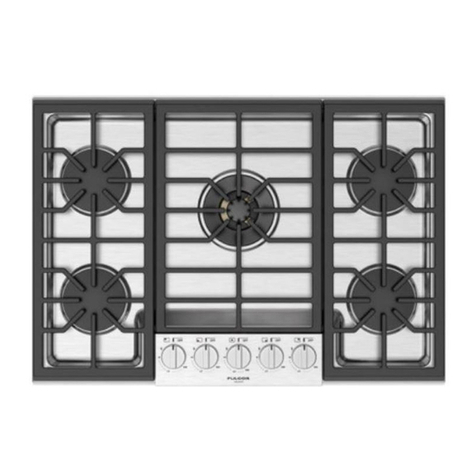
Fulgor Milano
Fulgor Milano F5PGK305S1 installation instructions
